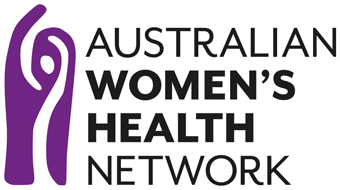Looking the other way : young people and self-harm
Publisher: Orygen, The National Centre of Excellence in Youth Mental Health 2016
Status – CURRENT
This report contains evidence and statistics concerning the prevalence of self-harm in young people. It provides analysis and strategies for the support for young people who self-harm, as well as strategies for front-line and other health workers, and related mental health policy.

